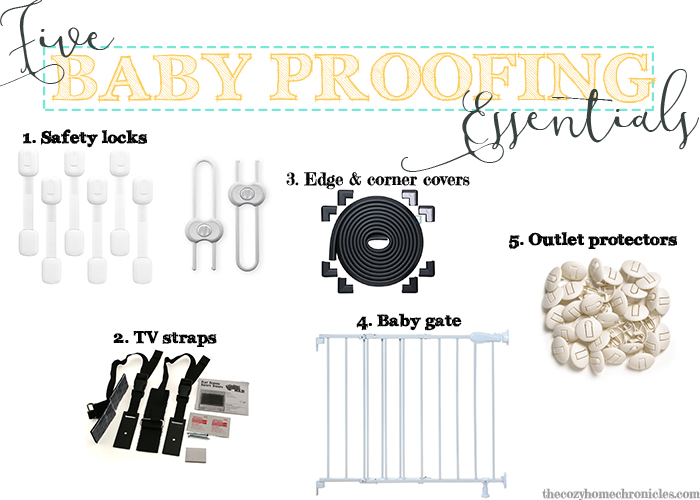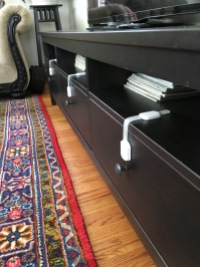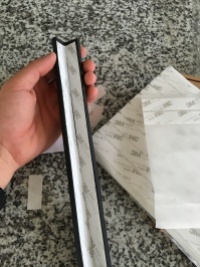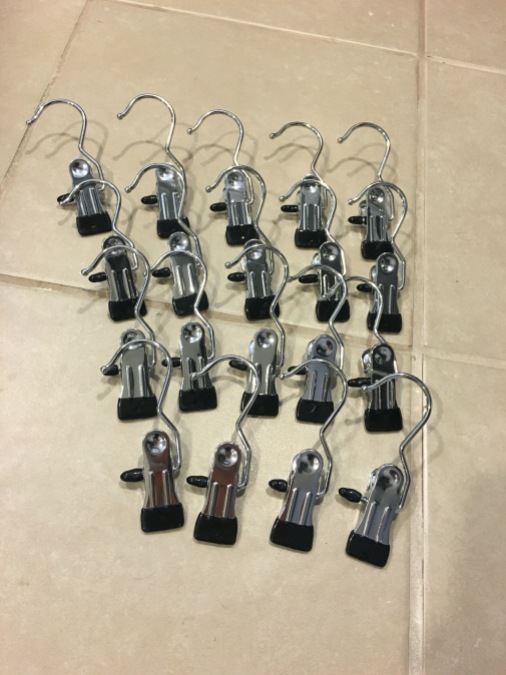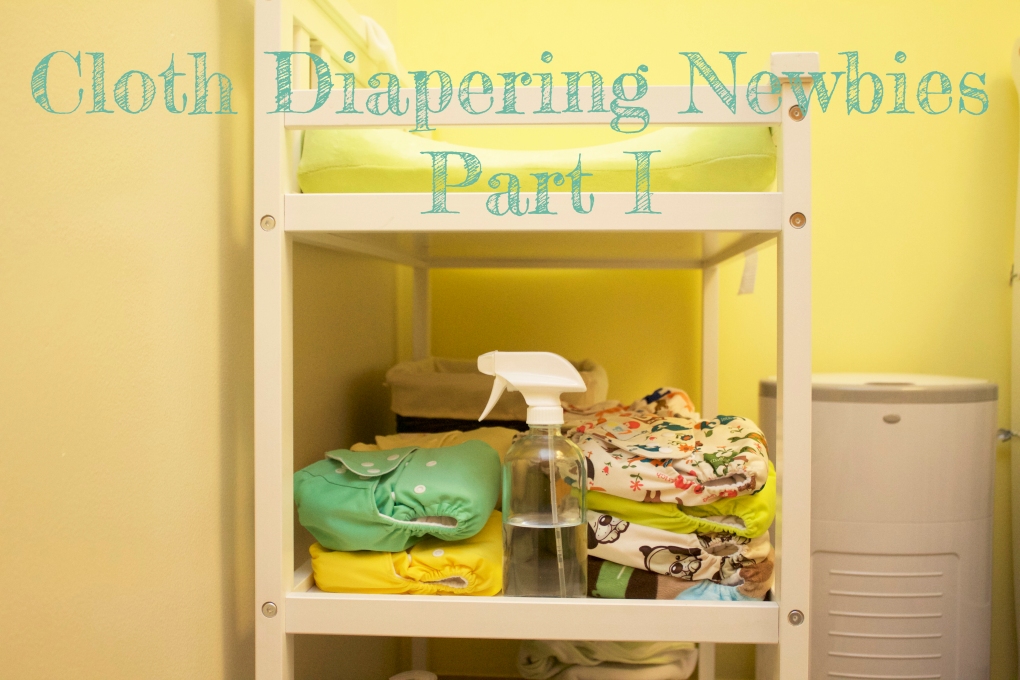Happy New Year friends! We hope all of you had a blessed holiday with your loved ones and we wish everyone peace, success, and happiness in 2018. Things are crazy busy here as we are preparing for a family vacation to Florida this weekend. I’ll be honest, between the kids being sick early last month and the holidays, they have seen far more screen time in December alone than they have in a year (we used to be strict about this but that’s for another post). And boy are we ready to detox and resume our screen-free daily routines once we get back. If reducing your child/children’s screen-time is one of your new year resolutions then you’re in luck because I have 5 simple strategies and a handful of fun resources to help get you on track for just that.
“Play is the beginning of knowledge.” -George Dorsey.

- Identify what they like and stick with it. I know this may seem like common sense but living in this age of information overload, it can be difficult to filter through everything to decide what’s applicable and what’s not. Not everything that works for other children may work for yours and that’s okay. The best way to get to know your child is to try a range of different activities with them and see what keeps their short attention span occupied. Chances are you already have an idea without needing to do much investigating. My son is currently really into play dough, Mega Bloks, and dragons at the moment and is very active so if I’m going to get frustrated that he’s not sitting down for a coloring activity for more than 5 minutes, I can’t blame anyone but myself. It doesn’t mean that we don’t try other activities but for the sake of my schedule, I only do things like cooking or reading for school when my children are engaged with an activity for the long haul.
- Make a weekly activity plan. With all things in life, if you have an outline or plan of action then you’re more likely to follow through with it. If you are really committed to screen-free quality time then try investing 15-30 minutes on the weekend to brainstorming and arranging for activities during the week. You don’t have to be doing crazy chemistry lab experiments to make it fun. As you’ll come to see in the links I’m sharing below, it doesn’t take much to make children happy. I also want to add the disclaimer that an activity plan should be treated more like a guide rather than a strict schedule. It should be a way for you to think through your day and have activities on hand when you need them most.
- Talk it up. Sometimes for kids it’s less about the activity and more about the presentation. Maybe that’s just my experience with my kids but I feel they definitely pick up on my enthusiasm. I don’t have numbers to back up this claim but I find that my son is more engaged when I’ve talked about the activity beforehand. For example, if I were to ask him “prepare me something delicious to eat” while giving him his play kitchen tools, he would spend more time playing than if I were to just dump them on the floor and tell him, “here, play with this.”
- Limit accessibility and rotate activities to keep things interesting. In other words if you got it, don’t flaunt it. You will be surprised at what a huge difference it makes if you hide some toys away…because let’s face it, every parent is familiar with what happens when everything is accessible: toys strewn everywhere and bored, restless children. Not the funnest combination. Try taking some toys out of circulation and bringing them out in rotation when you sense boredom. Our MegaBloks, puzzles, and an array of large toy vehicles are stored way high up on a shelf and when I bring them down, my son definitely relishes every moment.
- Don’t be afraid to make a mess. Okay maybe this is not what you want to hear but trust me. I’m not talking trash the house messy but more along the lines of confined chaos. There are plenty of activities that I’ll list below that allow children to really explore and be messy without you having a disaster on your hands. I don’t know what it is about messes but kids love making them and if they’re happy and occupied then you will be too 🙂

With that being said, I’m sharing a list of fun activities that we have tried and enjoyed as well as some amazing resources that I turn to when planning out activities for the kids. I’m also linking our Pinterest board as I do pin fun toddler activities as I come across them for inspiration. I feel like I should state again that the point of this post isn’t that you must have scheduled activities in a curriculum sense but rather a collection of activities suitable for play. Children should be free to explore and play and the activities you choose should exemplify that philosophy.
“Do not keep children to their studies by compulsion but by play.” -Plato
Sensory and Fine Motor Activities
- Make homemade play dough and model/build/cut with cookie cutters
- Thread pipe cleaners through a colander or box with holes
- Freeze toys in water and do an ice excavation
- Make colorful squishy gel bags with glitter and beads
- Pom Pom Ball Color Sorting
“Messy” Activities
- Go dumpster diving for lost toys in a cardboard box
- Create a dry pasta/rice/lentil construction site
- Paint with shaving cream on a plastic bin lid
- Make a scoop and pour activity station with containers and random objects
- Pour flour and shredded coconut in a bin with small cars for a snowy ride
Physical Activities
- Set up a simple indoor obstacle course with everyday objects
- Have a color-themed scavenger hunt with this song
- Have an alphabet or number scavenger hunt
- Set up a bubble machine and chase after bubbles to pop them.
- Blow up balloons and play balloon tennis, volleyball, or soccer.
Imaginative Play
- Make a play boat from a cardboard box and pretend you’re fishing or escaping sharks
- Give children kitchen tools and utensils to play chef
- Play veterinarian or doctor with sick action figures and stuffed animals
- Build a tent from blankets and go pretend camping
- Host a pretend picnic or tea party for their toys

These are just some of the MANY activities out there and there are plenty more waiting to be discovered or created by you to fit your child’s needs (Disclaimer: All the activities I’ve listed are intended to be done with adult supervision even if they don’t necessarily require your active participation). I hope this post is a good starting point for helping you feel less overwhelmed and more capable of keeping your children engaged and occupied without resorting to screens. To help me get organized and plan better (and help you do the same), I’ve created a weekly activity plan to fill out to help guide me through my days at home. The image below is just an example of how you can fill it out but you’ll want to do so according to your own daily rhythms and routines, interests and likes. I also included a column for time but I do not adhere to it strictly and you can completely ignore it all together if you want. The time column is more to remember fixed moments of the day such as snack time, lunch, and nap time. I want to also add that I think it’s very important to be flexible and not hold yourself to unreasonable and unattainable scheduling expectations because this isn’t school.
 Weekly Activity Plan Free Download
Weekly Activity Plan Free Download
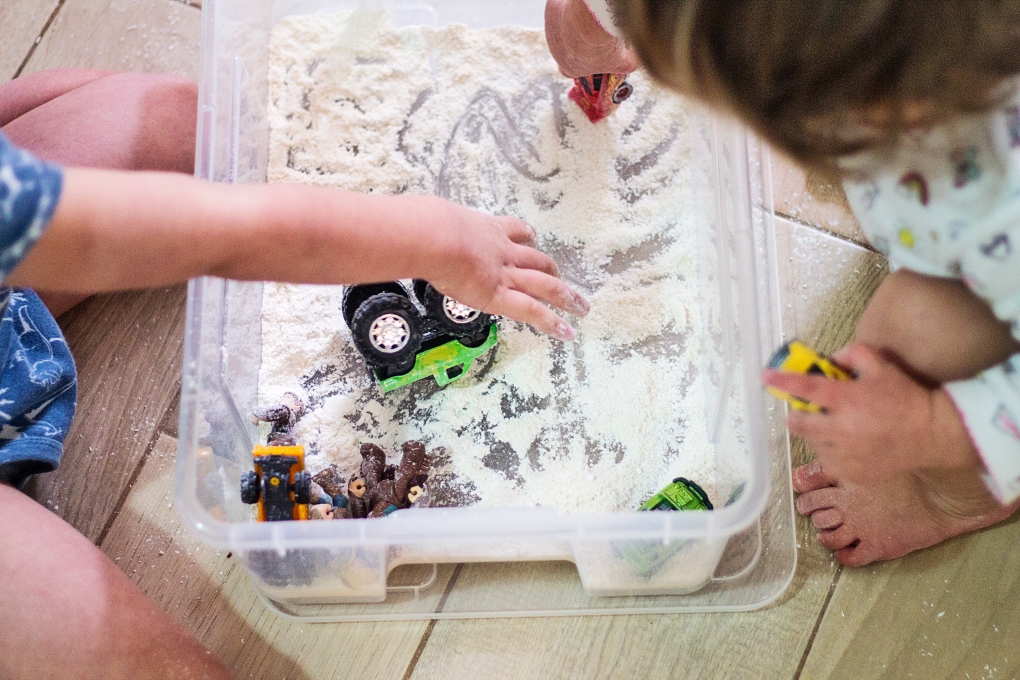
Once you have downloaded this blank activity guide, you can visit the links below to get started planning your days with your little one(s). While I’m no child psychologist or educator, I think that it’s good to have a balance of diverse activities; literacy, sensory/fine motor, physical activity, and imaginative play. The best part about designing your day is you get to customize activities that blend motor skills, creativity, and learning (science, math, language, etc.) in ways that are fun and appealing to your child. The last thing children need is to be lectured classroom-style. If there are specific concepts that you would like them to be learning then write them down in the “focus” section. This will help you be mindful of your learning goals so you can incorporate them up during activities and moments throughout your day. Alright, let’s get planning!
Resources for Activity Planning
- Hands on As We Grow
- Busy Toddler
- Fun at Home With Kids
- The stay-at-home-mom survival guide
- Meri Cherry
- Toddler Approved
- Playtivities
If you liked this post and found it helpful, we would love it if you would share. For more related content, you can find us on Instagram where we share more of our day-to-day and Pinterest where we share our ideas and inspiration. If you have any thoughts or suggestions about this topic, feel free to leave a comment down below. And as always…









